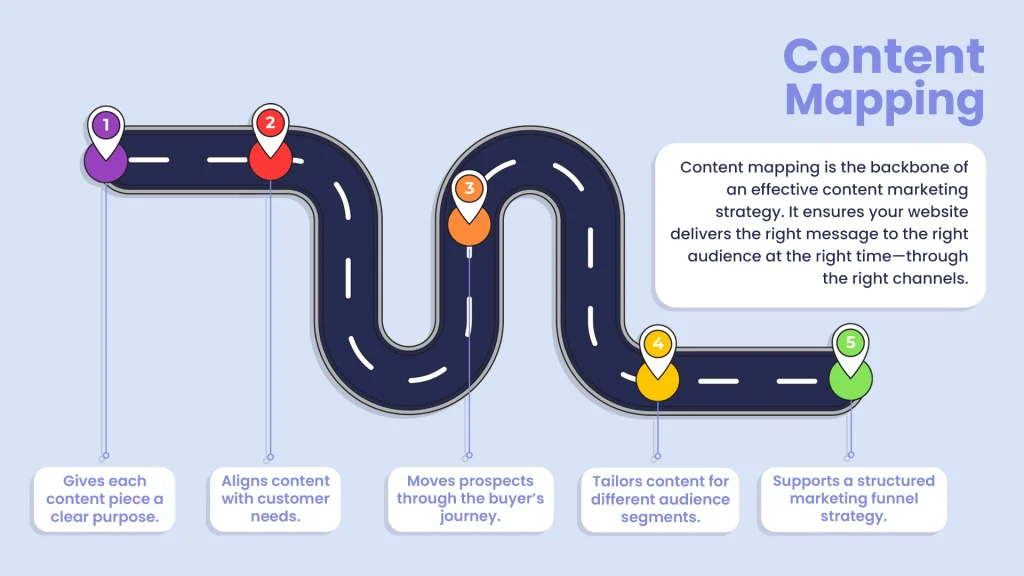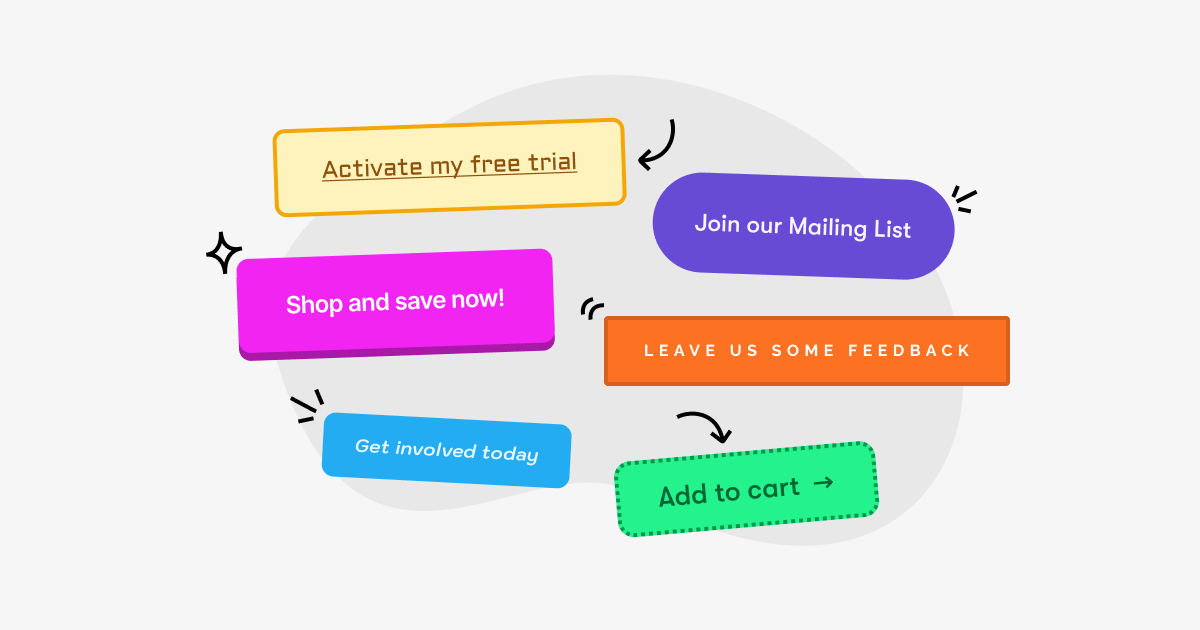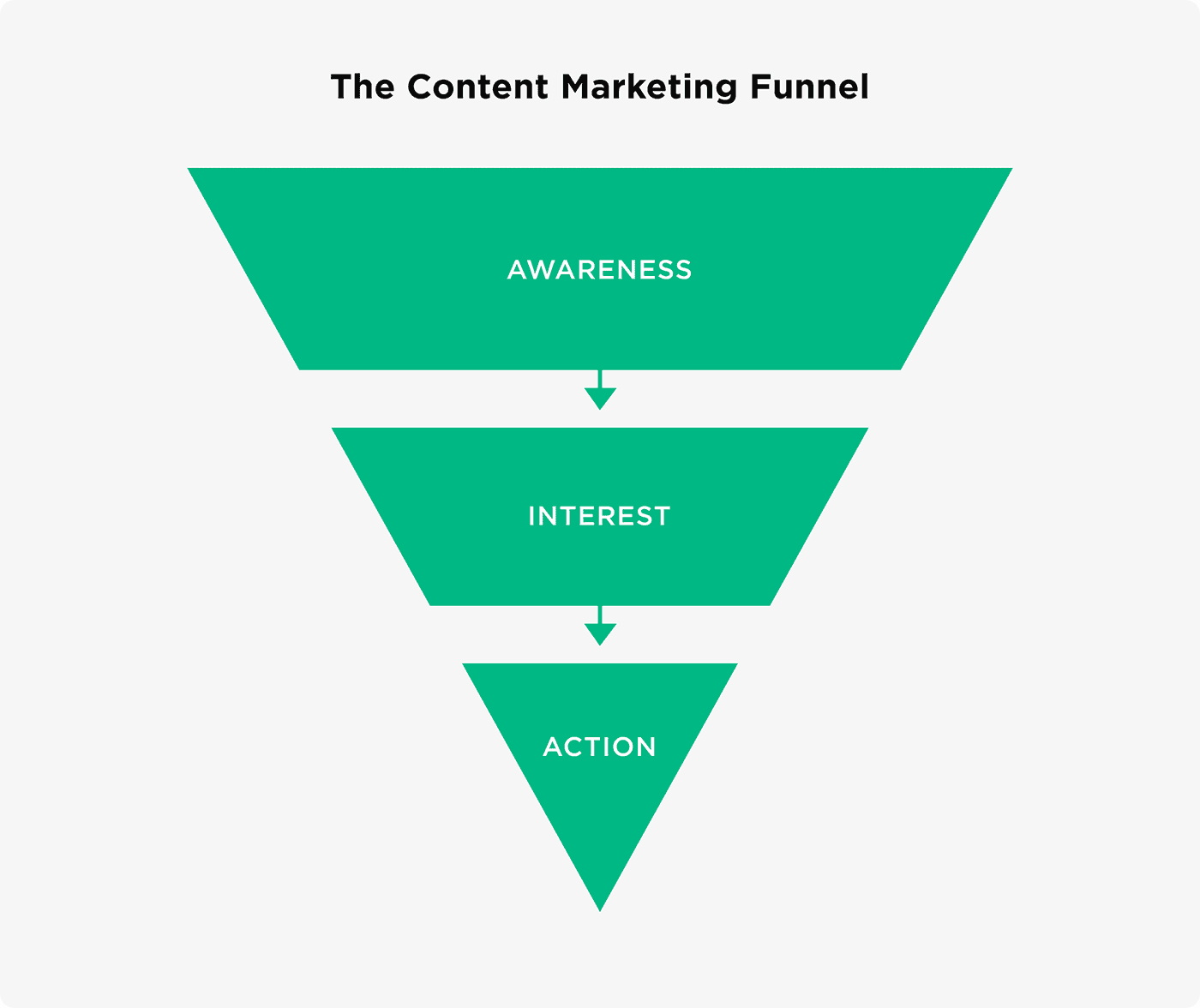For years, businesses have been told, “Content is King.” And while that statement holds true, a more accurate adage for today’s digital landscape might be: “Content that converts is King.” Many companies invest heavily in blog posts, videos, and infographics, only to find themselves asking, “Is this actually bringing in sales?”
The goal of content marketing isn’t just to generate traffic or views; it’s to guide your audience through the buyer’s journey and ultimately contribute to your business’s bottom line.
At Vishvmedia, we specialize in crafting content strategies that are purpose-built for conversion.
This blog post will break down how to create content that doesn’t just inform or entertain, but actively motivates your audience to take action, transforming your content efforts from a cost center into a powerful revenue driver.
The Missing Link: Why Content Doesn’t Always Convert
You might be producing a lot of content, but if it’s not generating leads or sales, you’re likely facing one of these common challenges:
- Lack of Clear Objectives: Content is created without a specific conversion goal in mind.
- Misalignment with Buyer’s Journey: The content doesn’t address the user’s needs at their particular stage of decision-making.
- Weak or Missing Calls to Action (CTAs): Users don’t know what to do next after consuming the content.
- Poor Content Promotion: Even great content won’t convert if the right people don’t see it.
- Inability to Measure ROI: No system in place to track how content influences conversions.
Effective content marketing transcends simply publishing; it involves strategic planning, precise execution, and rigorous measurement.
Defining Conversion-Focused Content
Conversion-focused content is designed with a clear objective: to prompt a specific action from the user. This action could be:
- Making a purchase
- Submitting a lead form
- Signing up for a newsletter
- Downloading an ebook or whitepaper
- Booking a demo or consultation
- Registering for a webinar
The key is that each piece of content serves a purpose beyond just informing; it serves to move the user closer to becoming a customer.
Mapping Content to the Buyer’s Journey

To create content that converts, you must understand where your audience is in their decision-making process. The buyer’s journey typically has three main stages:
1. Awareness Stage (Top of Funnel – TOFU)
At this stage, users are identifying a problem or need. They’re seeking information, not solutions.
- Content Goal: Attract attention, educate, and establish your brand as a helpful resource.
- Conversion Goal: Website visit, content download (e.g., checklist), blog subscription.
- Content Examples:
- Blog Posts: “5 Signs Your Website Needs an SEO Audit,” “Understanding the Benefits of Cloud Computing.”
- Infographics: Visualizing industry trends or common problems.
- Videos: Short, educational videos explaining concepts.
- Quizzes/Surveys: Helping users identify their pain points.
2. Consideration Stage (Middle of Funnel – MOFU)
Here, users have clearly defined their problem and are researching potential solutions. They’re evaluating options.
- Content Goal: Provide detailed information about solutions (including yours), build trust, and demonstrate expertise.
- Conversion Goal: Lead form submission, demo request, webinar registration, detailed guide download.
- Content Examples:
- Comparison Guides: “Product A vs. Product B: Which is Right for You?”
- Case Studies: Showcasing how your solution helped real clients (e.g., “How Company X Increased Leads by 50% with Our Software”).
- Webinars/Workshops: Deep dives into your solutions or industry best practices.
- Whitepapers/Ebooks: Comprehensive guides offering solutions to specific problems.
- Product Demos: Walkthroughs of your offering’s features and benefits.
3. Decision Stage (Bottom of Funnel – BOFU)
At this final stage, users are ready to make a purchase or commit to a solution. They need reassurance and a final push.
- Content Goal: Convert leads into customers, justify the purchase, and address last-minute concerns.
- Conversion Goal: Purchase, signup, direct contact, consultation booking.
- Content Examples:
- Testimonials & Reviews: Authentic customer feedback.
- Free Trials/Demos: Allowing users to experience your product firsthand.
- Pricing Pages: Clear, persuasive information on your offerings and value.
- Detailed Product/Service Pages: Highlighting features, benefits, and unique selling propositions.
- Consultation/Quote Request Forms: Direct pathways to connect with sales.
The Role of Calls to Action (CTAs)

A strong Call to Action is the bridge between your content and your desired conversion. Without a clear CTA, your audience won’t know what step to take next.
Effective CTAs are:
- Clear and Concise: “Download Now,” “Shop Products,” “Get a Free Quote.”
- Action-Oriented: Use strong verbs.
- Prominently Placed: Easy to find within your content.
- Benefit-Oriented: “Boost Your Traffic,” “Save Time and Money.”
- Contextually Relevant: A “Buy Now” CTA makes sense on a product page, but not on a TOFU blog post.
You can use text links, buttons, images, or even spoken CTAs in video content. The key is to make the next step obvious and appealing.
Measuring Content Performance Beyond Just Page Views
To truly understand if your content is converting, you need to look beyond vanity metrics like page views or social shares. Focus on metrics directly linked to your conversion goals:
- Conversion Rate: (Number of conversions / Number of content visitors) * 100
- Lead Generation: How many leads did a specific piece of content generate?
- Sales Revenue: What sales can be directly attributed to a content interaction?
- Time on Page/Engagement Rate: While not a direct conversion, higher engagement often correlates with conversion intent.
- Assisted Conversions: How often did a piece of content play a role (even if not the last click) in a conversion? Google Analytics’ multi-channel funnels can help here.
- Cost Per Lead/Acquisition (CPL/CPA): How much did it cost to generate a lead or a customer through your content efforts?
By meticulously tracking these metrics, you can identify which content pieces are your top performers and optimize your strategy accordingly.
Conclusion
Content marketing isn’t about creating noise; it’s about creating value that drives action.
By understanding the buyer’s journey, crafting clear calls to action, and promoting your content strategically, you can transform your blog posts, videos, and guides into powerful conversion engines.
At Vishvmedia, we help businesses develop comprehensive content marketing strategies that don’t just fill your website with words, but fill your sales pipeline with qualified leads and paying customers.
Ready to make your content work harder for your business? Let’s connect and build a content strategy that converts.
How does AI impact SEO, and what should I do differently?
AI, through algorithms like BERT and MUM, helps Google understand the intent and context of search queries and content better than ever. This means you should focus on creating comprehensive, high-quality content that addresses topics in depth rather than just stuffing keywords. Aim to answer user questions fully and establish yourself as an authority in your niche (E-E-A-T).
What is voice search optimization, and why is it important now?
Voice search optimization involves tailoring your content to rank for spoken queries, which are typically longer, more conversational, and often question-based (“How do I…?”, “Where is…?”). It’s crucial because smart speakers and voice assistants are increasingly popular. Optimize by using long-tail, conversational keywords, creating FAQ sections, and ensuring your Google Business Profile is accurate for local voice searches.
What are Core Web Vitals, and how do they affect my SEO?
Core Web Vitals (CWV) are a set of Google metrics measuring user experience on your website: Largest Contentful Paint (LCP) for loading speed, First Input Delay (FID) for interactivity (soon to be replaced by INP), and Cumulative Layout Shift (CLS) for visual stability. They are ranking signals, meaning poor CWV scores can negatively impact your search rankings. Improving them provides a better user experience, which Google prioritizes.

